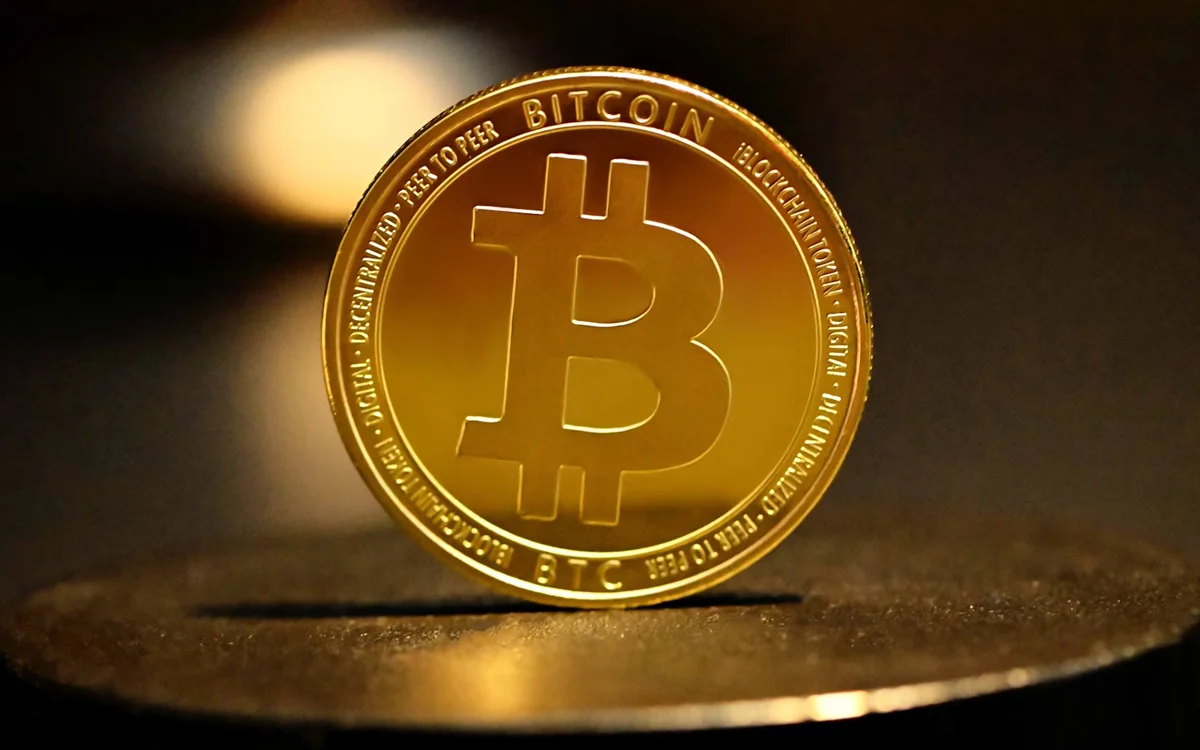How Will a Fed Rate Cut Affect Bitcoin’s Prices – Expert Weighs in
29.07.2024 22:11 1 min. read Alexander Stefanov
Tom Lee from Fundstrat believes that Bitcoin (BTC) could experience significant growth if the Federal Reserve starts cutting interest rates.
In an interview, Lee pointed out that Bitcoin’s stability despite recent large distributions, such as the one from the German government, is a positive sign. He suggested that the completion of the Mt. Gox payouts without market turmoil could further bolster Bitcoin’s prospects.
Lee explained that Bitcoin’s volatility is influenced by both supply and demand factors. He noted that the successful handling of major coin distributions indicates resilience in the market. Specifically, the Mt. Gox distribution, which has been a long-standing concern since the original hack, seems to be nearing resolution.
According to Lee, once this overhang is cleared and the market sees that there has been no catastrophic impact, confidence in Bitcoin could increase significantly.
Looking ahead, Lee argued that if the Federal Reserve begins to lower interest rates, it could act as a major boost for Bitcoin, potentially driving it to new highs, possibly even $100,000. He emphasized that Bitcoin often sees its most substantial gains in short, concentrated periods.
Historically, these significant upswings have occurred in just a few trading days each year. Lee anticipates that if the Fed starts a rate-cutting cycle, Bitcoin could see one of these rapid appreciation phases in the latter half of the year
-
1
Elon Musk Unveils His Own ‘America Party,’ Signals Pro-Bitcoin Political Shift
07.07.2025 11:40 2 min. read -
2
Bitcoin Blasts Past $121,000 as Institutions Fuel Rally—Will Altcoins Follow?
14.07.2025 8:15 2 min. read -
3
Bitcoin: What to Expect After Hitting a New All-time High
10.07.2025 14:00 2 min. read -
4
Peter Brandt Issues Cautious Bitcoin Warning Despite Bullish Positioning
10.07.2025 20:00 2 min. read -
5
Vanguard Now Owns 8% of Michael Saylor’s Strategy, Despite Calling BTC ‘Worthless’
15.07.2025 17:09 2 min. read
Global Money Flow Rising: Bitcoin Price Mirrors Every Move
Bitcoin is once again mirroring global liquidity trends—and that could have major implications in the days ahead.
What is The Market Mood Right Now? A Look at Crypto Sentiment And Signals
The crypto market is showing signs of cautious optimism. While prices remain elevated, sentiment indicators and trading activity suggest investors are stepping back to reassess risks rather than diving in further.
What Price Bitcoin Could Reach If ETF Demand Grows, According to Citi
Citigroup analysts say the key to Bitcoin’s future isn’t mining cycles or halving math—it’s ETF inflows.
Is Bitcoin’s Summer Slowdown a Buying Opportunity?
Bitcoin may be entering a typical summer correction phase, according to a July 25 report by crypto financial services firm Matrixport.
-
1
Elon Musk Unveils His Own ‘America Party,’ Signals Pro-Bitcoin Political Shift
07.07.2025 11:40 2 min. read -
2
Bitcoin Blasts Past $121,000 as Institutions Fuel Rally—Will Altcoins Follow?
14.07.2025 8:15 2 min. read -
3
Bitcoin: What to Expect After Hitting a New All-time High
10.07.2025 14:00 2 min. read -
4
Peter Brandt Issues Cautious Bitcoin Warning Despite Bullish Positioning
10.07.2025 20:00 2 min. read -
5
Vanguard Now Owns 8% of Michael Saylor’s Strategy, Despite Calling BTC ‘Worthless’
15.07.2025 17:09 2 min. read


